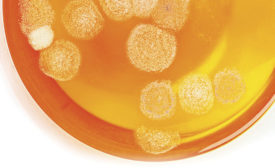Special Purpose Coatings
Blending Tradition with Innovation
Coupling Traditional Polymers with Unusual Processing Technology to Create Unique Coating Solutions
Read More
Resource-Efficient Corrosion Protection
a Life Cycle Assessment of a Silicone-Epoxy Hybrid Resin-Based Coating
February 1, 2016
Keep the info flowing with our eNewsletters!
Get the latest industry updates tailored your way.
JOIN TODAY!Copyright ©2024. All Rights Reserved BNP Media.
Design, CMS, Hosting & Web Development :: ePublishing











